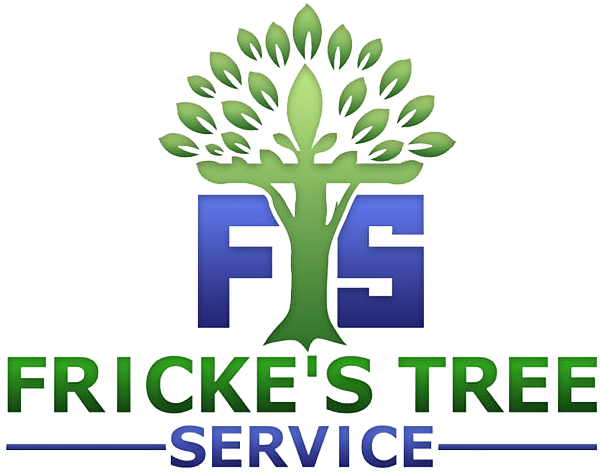Fricke's Tree Service
Seasonal Tree Trimming: The Best Times to Prune Your Trees
Seasonal tree trimming is an essential practice for maintaining the health and aesthetics of your trees. Knowing the best times to prune can significantly impact their growth, flowering, and overall vitality. In this post, we will explore the optimal seasons for tree trimming, the benefits of pruning, and tips for effective tree care.
Understanding the Importance of Seasonal Tree Trimming
Pruning your trees at the right time can lead to numerous benefits, including:- Improved tree health and vigor
- Enhanced aesthetic appeal
- Increased fruit production in fruit-bearing trees
- Reduced risk of disease and pest infestations
- Better structural integrity and safety
Best Times to Prune Your Trees
Different types of trees have varying needs when it comes to pruning. Here’s a breakdown of the best times to trim your trees based on their species and the season:Winter Pruning
Winter is often considered the best time for pruning many deciduous trees. During this dormant season, trees conserve energy, making it an ideal time to:- Remove dead or diseased branches
- Shape the tree for better growth
- Encourage new growth in the spring
Spring Pruning
Spring is a critical time for pruning flowering trees. Here’s what to keep in mind:- Prune early-blooming trees like magnolias and cherries right after they flower.
- For trees that bloom later, such as dogwoods, wait until after their flowering period.
- Spring pruning can help shape the tree and remove any winter damage.
Summer Pruning
Summer pruning is beneficial for certain trees, especially those that grow rapidly. This season allows you to:- Control growth and shape
- Remove unwanted branches
- Improve air circulation and sunlight penetration
Fall Pruning
Fall is generally not recommended for most trees, but there are exceptions:- Prune trees that are susceptible to pests and diseases to reduce their risk.
- Remove any dead or damaged branches before winter.
Tips for Effective Tree Trimming
To ensure your tree trimming is effective and beneficial, consider the following tips:- Use sharp, clean tools to make precise cuts.
- Always cut at a slight angle to prevent water accumulation.
- Make sure to prune just above a bud or branch to encourage healthy growth.
- Remove no more than 25% of the tree’s foliage in a single season.
- Consider hiring a professional arborist for large or complex trees.
Signs Your Trees Need Pruning
Recognizing when your trees need pruning is crucial for their health. Look for these signs:- Dead or diseased branches
- Overcrowded branches that cross each other
- Weak or broken limbs
- Excessive growth that affects the tree’s shape
Conclusion
Seasonal tree trimming is vital for maintaining the health and beauty of your trees. By understanding the best times to prune and following effective techniques, you can ensure your trees thrive for years to come. Remember, when in doubt, consult with a professional to get the best advice tailored to your specific tree species and local climate conditions. Taking the time to care for your trees will reward you with a lush, vibrant landscape that enhances your home and community.SHARE POST
RECENT POSTS
Interested in Our Services?
Get in touch today to discuss your next project and we will happy to answer any questions and provide you with a no-obligation FREE Estimate.







